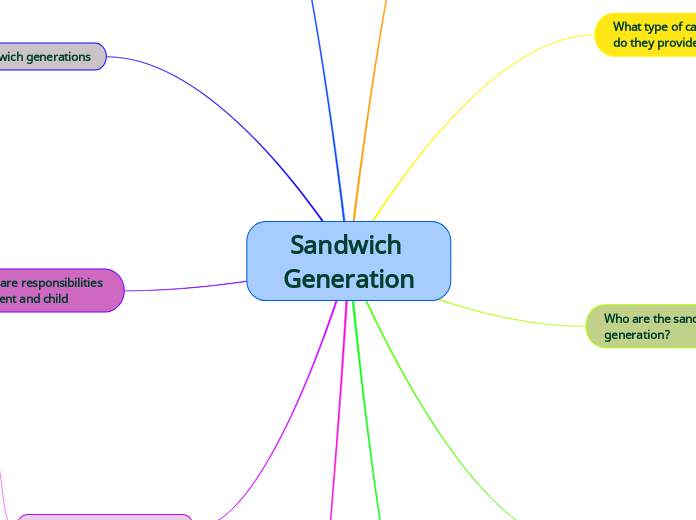par Lizzy Schilke Il y a 3 années
218
Sandwich Generation
The Sandwich Generation refers to individuals who balance caregiving responsibilities for their aging parents while simultaneously raising their own children. This dual role can be a significant challenge, requiring a high level of responsibility, love, and dedication.









